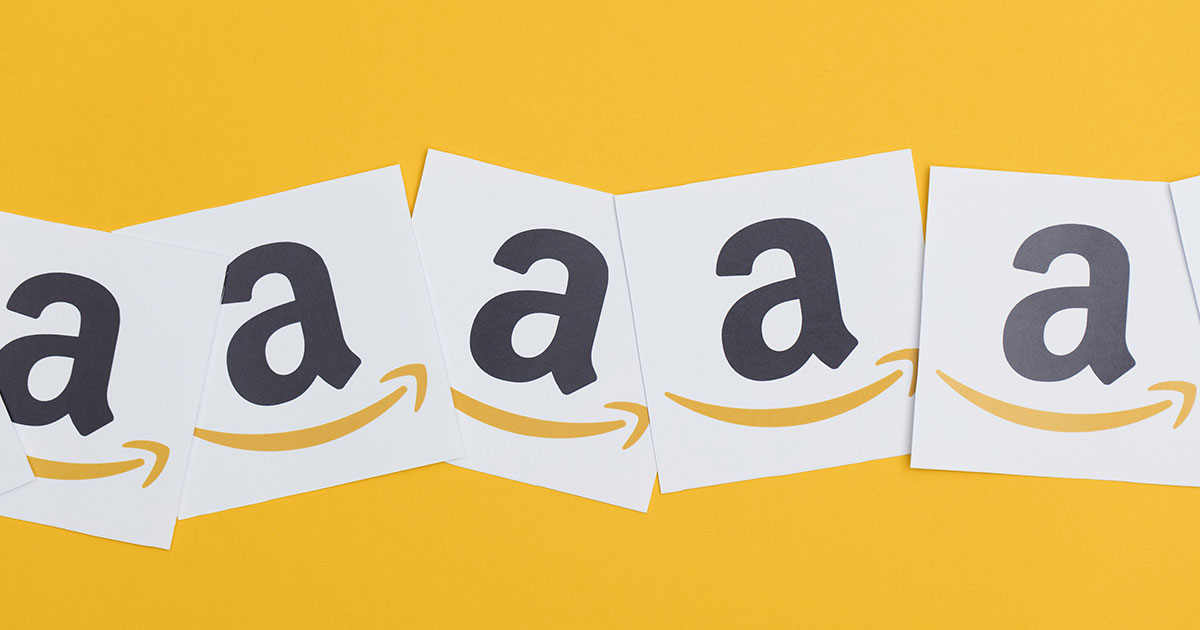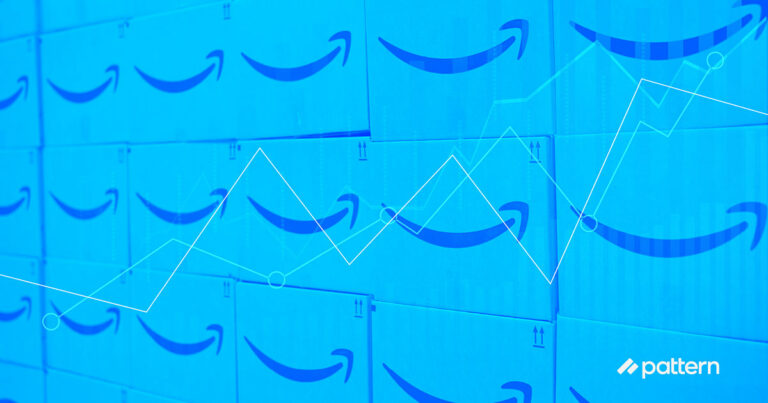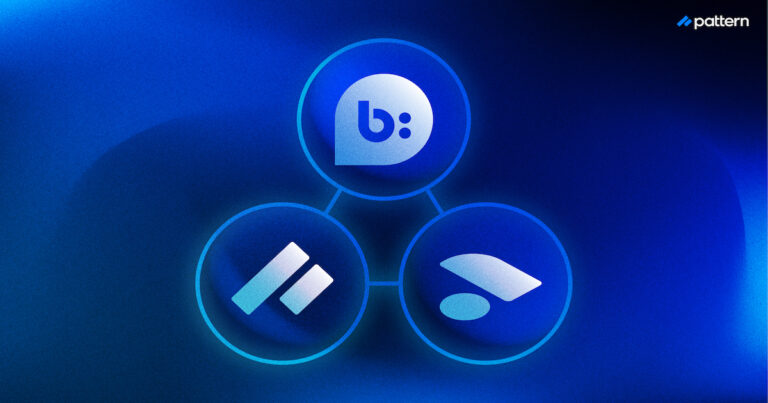Amazon’s advertising portal has provided a lot of value to brands that are looking to generate more buzz, accelerate sales velocity, grow their ecommerce sales, and increase their Amazon ranking.
For those bolstering their ecommerce growth strategy, advertising on the actual marketplace that they are trying to sell on is also a huge plus. I mean, who doesn’t want all of their advertising and sales data in one place?
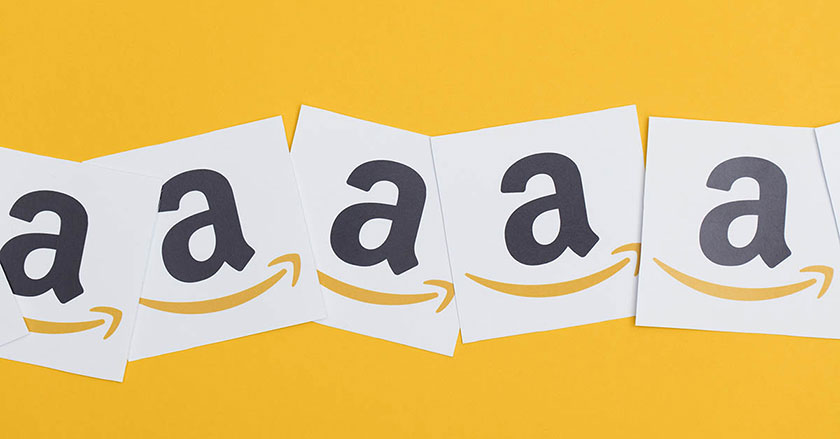
In 2016, sellers using Amazon PPC doubled globally, and PPC advertising grew over 150%.
Bidding on the right keywords is only part of the battle that is Amazon advertising. Most advertisers today who don’t have the right ecommerce software are asking, how much should I bid on my keywords?
Selecting a default bid that is too high can lead to overspending and a very high ACoS (Advertising cost of sale). Selecting too low of a budget can limit the opportunity for a keyword to convert well.
Here are three methods to maximizing your ecommerce growth strategy and keyword bidding potential.
Method 1: Amazon’s suggested bids
If you want to win the bid for a specific keyword, Amazon provides you with the specific bid to accomplish that goal. This can be found in the initial search for the keyword, and next to each keyword within any given campaign.
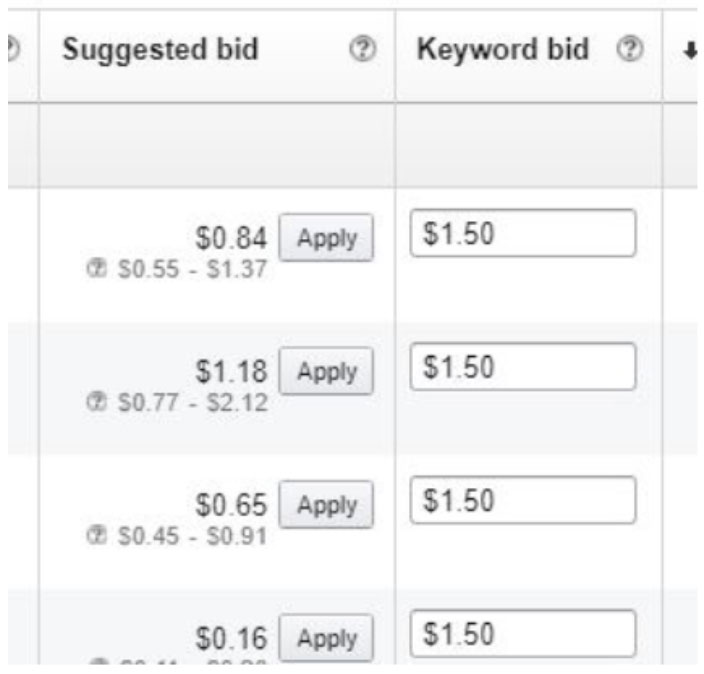
Many advertisers struggle when it comes to placing initial bids. Why? They have no data telling them that, for their purple luggage set for example, they are most likely to get a click 5% of the time that the product is shown under the search term “luggage set that is purple.”
Instead of shooting a number out in the dark and hoping someone will see it, you can use Amazon’s suggested bid as a starting point for the Amazon ecommerce solution. The suggested bid supplied by Amazon is most likely going to be slightly higher than your competitors’ bids.
Method 2: Doing the math
Remember that question everyone asked in 9th grade algebra, “When am I ever going to use math in the real world?” Well, for your career in digital advertising.
You only need 3 metrics to give you a good estimation builder for your keywords. Those metrics are: ACoS, product price, and product conversion rate.
Your ACoS is Amazon’s way of measuring ad performance.

If you spend $1,000 in ad spend this month and your product revenue is $10,000, your ACoS would be 10%.
This metric is provided for each campaign in your seller central account. This metric is important because it gives you a quick overview of how the campaign is performing and assuming you know your profit margin, you can see whether or not you are breaking even.
Then, you just plug your ACoS goal into this equation!

Default Bid example = 25% * $50 * 5% = $0.625
$0.625 is your default bid. Remember, you don’t necessarily pay the amount you bid for, you will most likely pay lower. This is why I recommend adding 40-50% to increase your chances of winning the keyword.
Amazon has proven that this is a great strategy by enabling a “bid+” feature.

This is essentially what we just did above. It adds up to 50% to the bid for you when serving your ad to provide each keyword with the best chance of winning the best sponsored ad slot.
Method 3: Mirror automatic campaign
If you are launching a new manual campaign as part of your ecommerce growth strategy but have had an automatic campaign already running for that product, you are likely going to be taking keywords from that campaign. You can also use the performance metrics to determine what the bid was for those keywords and mirror that bid in your manual campaign. It is expected that you would receive very similar results in your manual campaign.
This is a great starting point if you have no clue where to start your bids and do not have all of the metrics to try method 2.
There are a lot of different strategies when it comes to optimizing bids, but these 3 methods are great starting points to discovering what works best for you and your brand.
Want to learn more about sponsored product advertisements? Learn more on our blog post “What are sponsored products on Amazon?”
